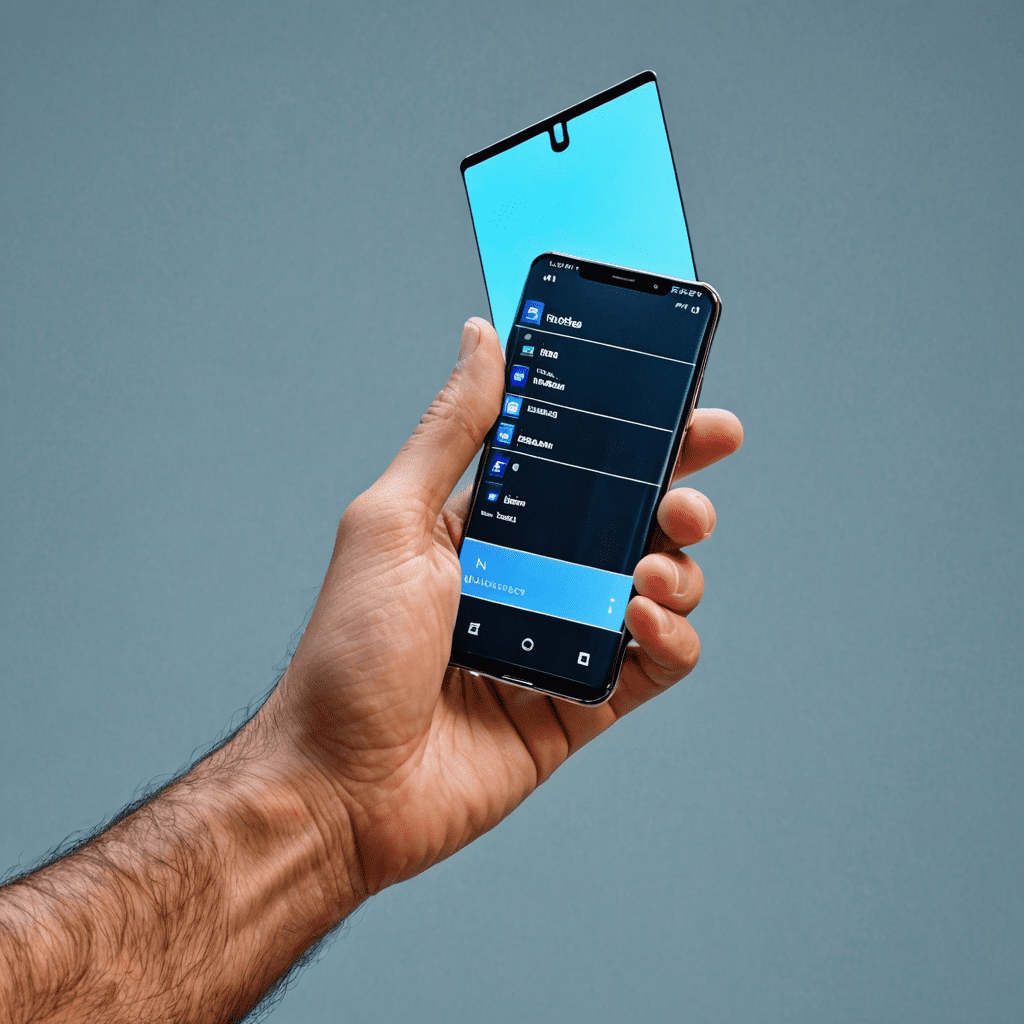
Nanotechnology in Flexible Displays: The Evolution of Screen Technology
With the rapid advancements in technology, the evolution of screen displays has brought about a groundbreaking innovation known as nanotechnology in flexible displays. This cutting-edge technology has revolutionized the way we interact with screens, offering enhanced flexibility and portability. Let’s delve into the world of nanotechnology and its impact on the evolution of screen technology.
Understanding Nanotechnology in Flexible Displays
Nanotechnology involves the manipulation of materials at the nanoscale, enabling the creation of unique properties and functionalities. In the context of flexible displays, nanotechnology is utilized to develop display screens that are thin, lightweight, and can bend or fold without compromising functionality.
The Benefits of Nanotechnology in Flexible Displays
1. **Flexibility**: Flexible displays allow for innovative form factors, such as rollable or foldable screens, making them ideal for various applications.
2. **Durability**: Nanomaterials enhance the durability of flexible displays, making them resistant to wear and tear.
3. **Energy Efficiency**: Nanotechnology enables the development of energy-efficient displays, consuming less power compared to traditional screens.
The Evolution of Screen Technology
Screen technology has come a long way from bulky cathode ray tubes to slim and versatile displays. The integration of nanotechnology has accelerated this evolution, paving the way for futuristic display solutions.
Applications of Flexible Displays
Flexible displays find applications in various industries, including:
– **Consumer Electronics**: Flexible smartphones, tablets, and smartwatches.
– **Healthcare**: Wearable medical devices with flexible displays for monitoring health metrics.
– **Automotive**: Curved displays in car dashboards for enhanced user experience.
The Future of Nanotechnology in Flexible Displays
As research and development in nanotechnology progress, we can expect even more exciting advancements in flexible display technology. From transparent and stretchable displays to wearable tech with seamless integration, the future of screens is indeed flexible and bright.
Conclusion
Nanotechnology has truly transformed the landscape of screen technology, offering us flexible displays that push the boundaries of innovation. As we witness the evolution of screens, it’s fascinating to imagine the endless possibilities that lie ahead in the realm of flexible display technology.


